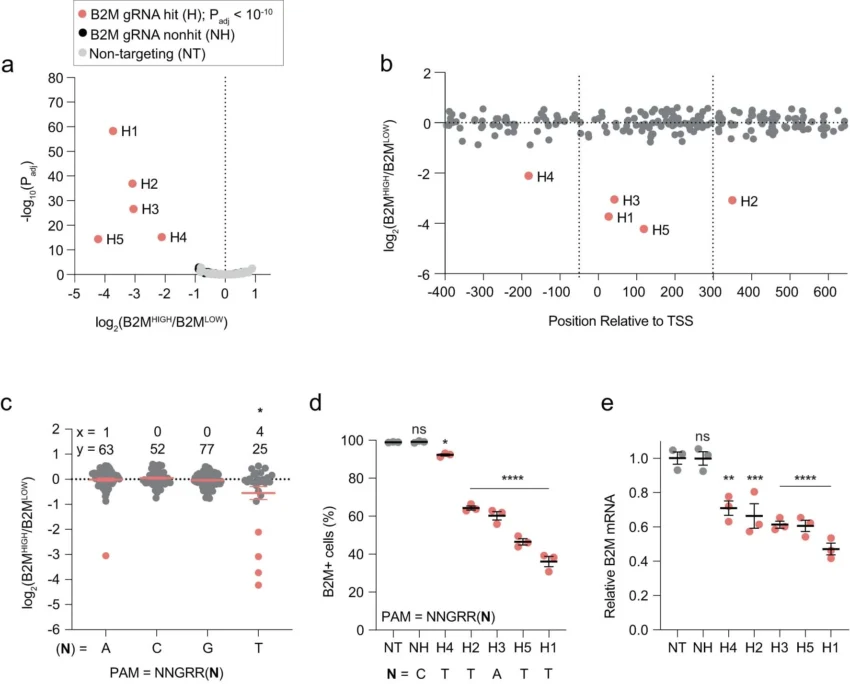Chiara Anania
764 Accesses, 1 Altmetric
Abstract
In an era when half a yeast genome can be made of synthetic DNA, the synthesis of a complete mammalian genome remains challenging. To help overcome this limitation, Zhang et al. report mSwAP-In, a method that can re-write up to 200 kilobases of DNA of interest in mouse embryonic stem cells. mSwAP-In was suitable for efficient and scarless genome rewriting at the Trp53 locus, recoding classical mutation hotspots. After enabling mutation accumulation, the synthetic Trp53 gene showed lower mutation frequency than the native gene. The researchers also targeted the ACE2 locus, responsible for SARS-CoV-2 resistance in mice due to residues that bind the viral spikes. Previous humanized ACE2 mouse models exhibited premature death, diverging from the human phenotypes. The authors used the entire 180-kb human ACE2 locus to generate a more physiological humanized ACE2 mouse model. Humanized ACE2 mice exhibit human tissue-specific gene expression programs and recapitulate physiological alternative splicing patterns and epigenetic signatures. After SARS-CoV-2 infection, the mice could recover from illness and better resembled the human course of the disease. Future work should strive to rewrite other developmental or disease-linked loci to accurately understand how the genome functions in physiological and/or pathological conditions.
This is a preview of subscription content, access via your institution
